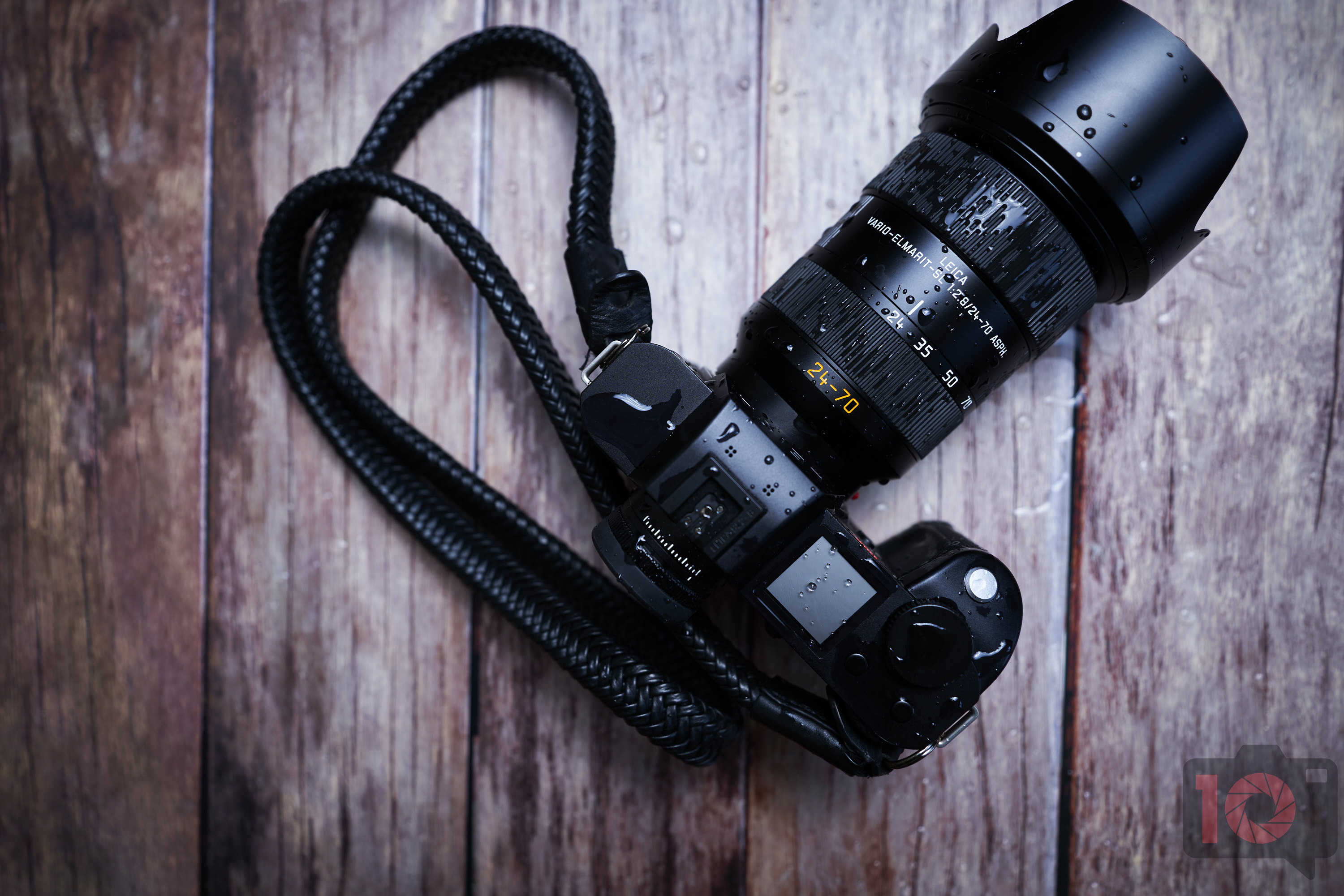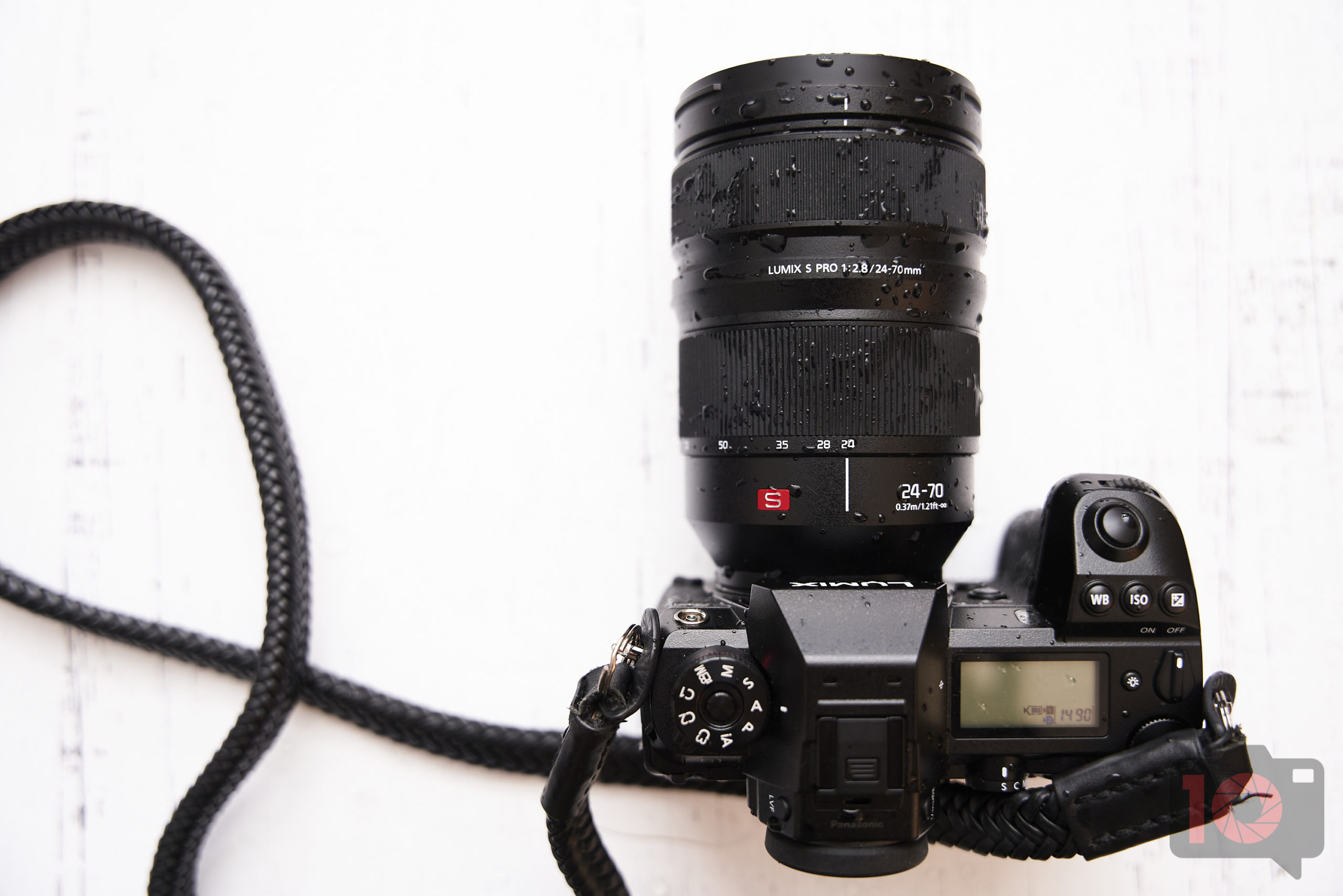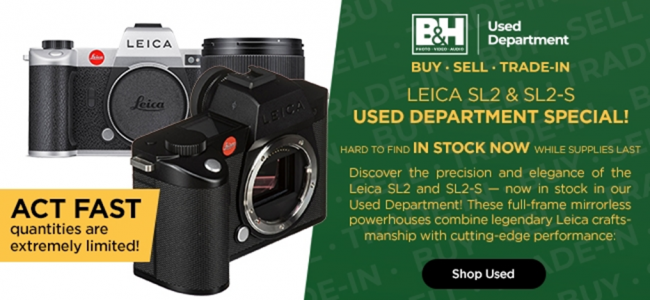I went through a similar process a few months ago which resulted in buying a secondhand SL2-S. Since then, I've used it with M lenses for more leisurely shooting, and L mount lenses for when I need dependable focusing speed and accuracy.
The EVF is excellent, and with the latest firmware, pressing the rubber joystick button zooms in the image, which can be repositioned using the joystick, too. It isn't as fast as RF focusing, although admittedly, I have 15 years of practice with RF focusing vs not too many months focusing with an EVF. You absolutely know when you've hit critical focus with the EVF, anywhere in the frame. And I love shooting without worrying about whether the RF is correctly aligned. It's also easier to shoot in dark situations as the EVF increases brightness automatically.
Wide lenses and small apertures make it somewhat harder to achieve critical focus with an EVF, as much more is in focus compared with a fast 35 or 50. This may also be a matter of practice.
The SL2-S is bulkier and heavier than the M9, most of which comes from the EVF bump and the grip. The EVF protrusion at the back makes me a little more cautious about having the camera rest against my body on a strap, as I've torn the rubber eyepiece from two cameras in the past year.
One feature of the SL2-S makes it a dream to shoot with M and adapted lenses: a complete internal library of every M and R lens, and a long list of focal lengths. These settings offer lens correction data, and set the camera's IBIS for stabilization. What's even better is that you can edit the list of M and R lenses to include only those that you use, so you can scroll and select faster than with a huge list. The setting to change lens model can be placed in function buttons and also in the custom menu, making access very easy.
Image quality is another big factor. The SL2-S dynamic range is superb, and 24mp is enough for most purposes. High ISO is ridiculously good - I can use ISO 6400 with very little worry, and 12,500 if necessary. Colour is gorgeous, black and whites are also excellent.
I've configured the rear scroll wheel to change aperture, and change custom shooting profiles when clicked in. The front wheel changes exposure compensation, which is how I use DSLR's and mirrorless cameras.
The finish is not exactly sturdy: in the past few months, it already has tiny marks on the edges, particularly on the ends where I first used metal Peak Design strap attachments. I now use a nylon strap to prevent more such marks.
And if you are okay with autofocus, the Panasonic f1.8 primes are light, super value and offer very decent image quality. I have the 50mm f1.8 and the Leica Summicron 35mm f2 asph which is based on the equivalent Panasonic lens. I used both lenses to shoot an engagment party last week, and the results were wonderful.
Overall, I'm very pleased with the SL2-S as an alternative to the M9, and although I'm still in the honeymoon stage, it's shaping up to be a stable and permanent part of the kit. I've hardly touched the M9 apart from shooting comparison images so I can dial in equivalent colours in Lightroom.











